King Electric BKT1BW Inbuilt Thermostats

DANGER
ELECTRIC SHOCK OR FIRE HAZARD
READ ALL WIRE SIZING, VOLTAGE REQUIREMENTS, AND SAFETY DATA TD AVOIDS PROPERTY DAMAGE AND PERSONAL INJURY
Inbuilt Thermostat for K and CB Baseboard heaters.
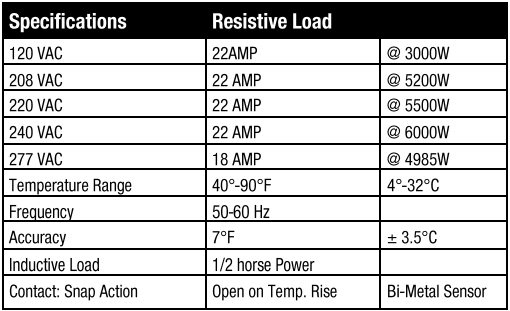
WARNING
READ CAREFULLY – These instructions were written to help prevent difficulties that might arise during thermostat installation. Studying the instructions first may save considerable time and money later. Observing the following procedures will keep installation time to a minimum. Save these instructions for future use.
Instructions
The King BKT may be installed on either the right or left junction box of the heater
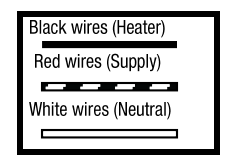
WIRING DIAGRAMS
Black wires (Heater) Red wires (Supply)
White wires (Neutral)
- Red thermostat wire to black supply wire Caution do not cut both factories
- Black Thermostat wire to the heater splice caps on left side you need
- White Supply wire to the heater only two wires for installation
- Bare Ground wire to green ground wire Cut Factory Splice as shown.
This BKT2A/BKT2BW
leaves two wires for power connections: one wire for an inline switch connection to the power supply and the other wire for a second power line or common.
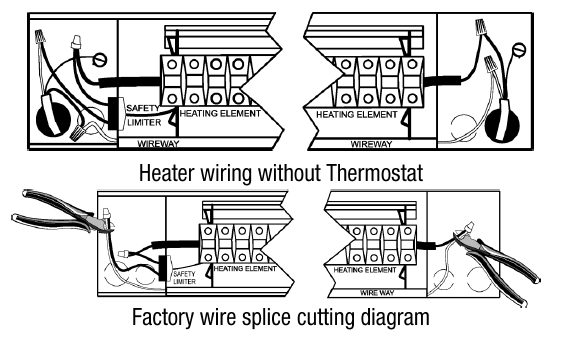
- Two red thermostat wires to black and white supply wires
- Two black thermostat wires to the two heater wires.
- Bare Ground wire to green ground wire
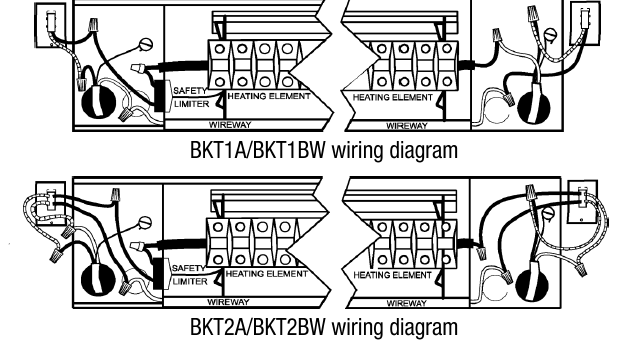
TROUBLESHOOTING
Commonly asked questions
Q: Will the room heat up faster if turn the thermostat up to 90?
A: No, the heater is always on at full watts when the temperature is below the preset temperature. The thermostat shuts off when the preset temperature is reached, therefore set the thermostat to the desired level.
Q: Will the electric bill be lower using 120 VAC heaters?
A: No, electric bills are by Kilowatt Hours, and voltage makes no difference Typically, baseboard heaters are 240 VAC because of wiring capacity, I.e. 240 VAC heaters draw fewer amps than 120 VAC heaters.
Q: What is the difference between a two-pole and a single-pole thermostat?
A: A single pole has no positive off position. That means when the knob is turned all the way to the left (counterclockwise), it has a low temp
setting. A two-pole breaks an additional line when the knob is turned to the off position. The thermostat will turn off the heater in the off position regardless of temperature drop. the system, both leads are Hot, so either one can be connected through the thermostat.
Q: I have a black hot lead, a red hot lead, and a white neutral wire on my wall.
A: In 240VAC systems, the energy is used in the heater, so the neutral wire is not required. Isolate the neutral wire by
SYMPTOM PROBLEM SOLUTION
- Breaker Trips Short Circuit Trace heater line, circuit, and wiring for the source of the short.
- Overloaded Circuit Reduce the load on the circuit.
- Improper Voltage Verify heater voltage matches supply voltage
- Heater Not No power Check Breaker and Thermostat Working
- Loose Connection Tighten Wire Connections
- Defective Limit Bypass Limit. If the heater works, replace the limit.
King Electric BKT1BW Inbuilt Thermostats Installation Instruction
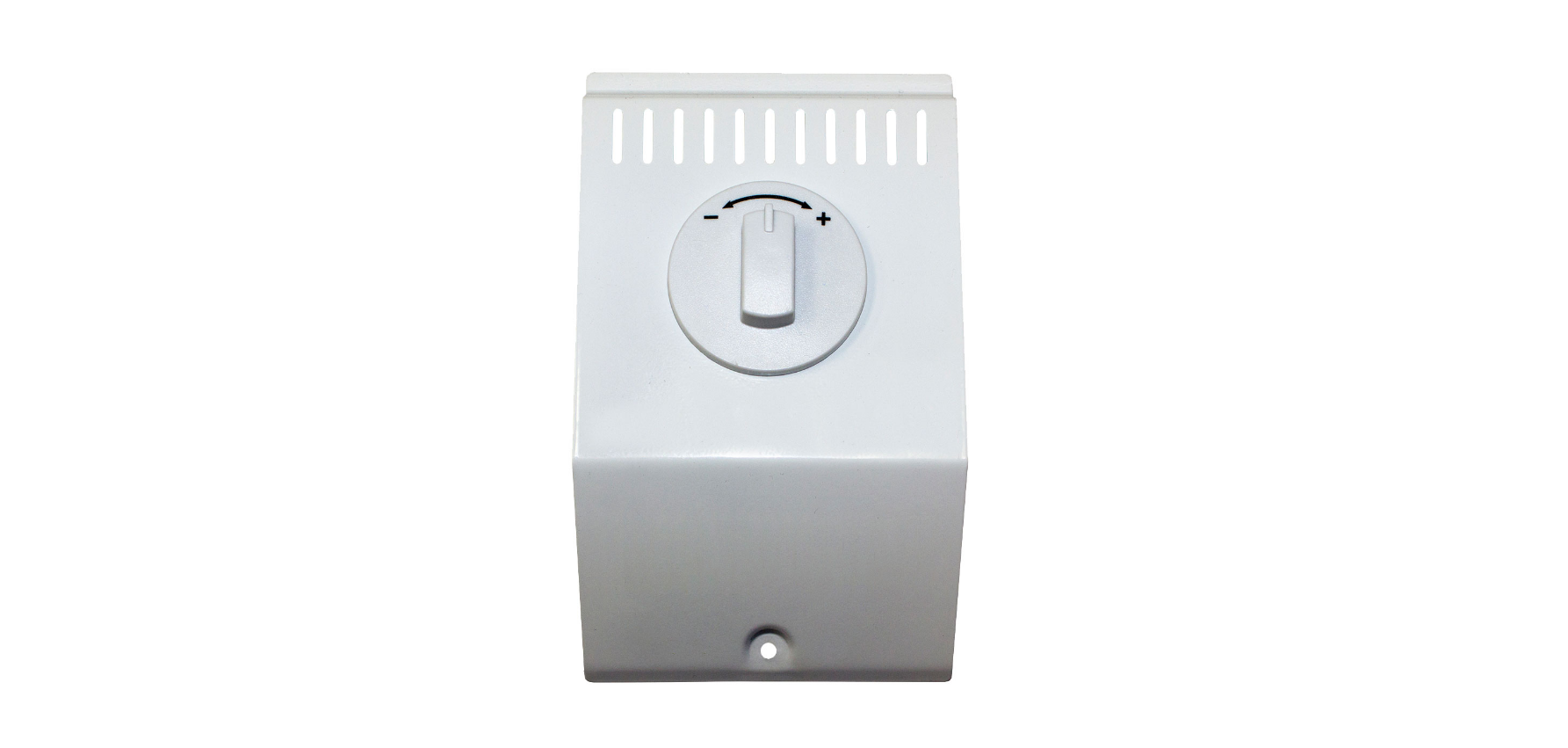

Leave a Reply